More about Death and the Miser
- All
- Info
- Shop

Sr. Contributor
LSD might have only first been synthesized in 1938, but that didn’t stop artists from creating hallucinatory images centuries prior to its invention.
Hieronymus Bosch built a whole career by creating an impressive variety of disturbing and nightmarish scenes. Kind of like a 15th-century “I Spy” game, the longer you look at a painting by Bosch, the more you start to realize that this guy was definitely on another level.
There are tons of little surprises in Death and the Miser, but none of them are really supposed to make you feel good. Bosch was an extremely religious man, and this work, like many of his other paintings, shows a certain moral lesson about how Bosch felt about society. As you look around, you start to realize that the devil is literally in the details. Bosch crafts a scene in which a man on his deathbed is visited by an angel, an earlier (and way creepier) version of the Grim Reaper, and a bunch of small demons who range from rodent-monsters to what look like those deep-sea animals on the Discovery Channel that only exist miles below the surface where other living things can’t survive. Coins and sacks of money also appear a few times, and these objects give us hints about what this painting, which was originally the left-hand panel of an altarpiece, might mean.
This painting is essentially about good versus evil, and Bosch is trying to direct us toward the righteous path...probably so we don’t end up like the crazy characters who make up his other paintings about hell and eternal damnation. The guy lying in bed is the miser, a person who hoards his money instead of spending it. This is Bosch’s critique on how some of his fellow Dutch people were living. Bosch advocated moderation, and this painting condemns the miser’s selfish monetary practices. Personally, I don’t think there’s anything wrong with the miser other than that he's totally lame. What’s the use of having a trunk full of gold coins if you’re not gonna spend them??
I may disagree, but Bosch definitely does not think things will go well for the miser in the afterlife. That sexy skeleton strutting through the door is symbolic of a “bad death,” in which death will take the miser’s soul to hell if he does not atone for his sins. And, much like I would probably do in this situation (Hi, student loans!), the miser chooses a hefty bag of coins over salvation, which is symbolized by the angel touching the miser’s shoulder. Whoever said money can’t buy happiness has obviously never sat in a room surrounded by their own fortune of gold coins. Plus, demons aren't real...right?
Sources
- Shroder, Tom. “‘Apparently Useless:’ The Accidental Discovery of LSD.” The Atlantic September 9, 2014. http://www.theatlantic.com/health/archive/2014/09/the-accidental-discov….
- Snyder, James. The Metropolitan Museum of Art. Vol. 5, The Renaissance of the North. New York: The Metropolitan Museum of Art, 1987.
- The National Gallery of Art. Death and the Miser. 2016. http://www.nga.gov/content/ngaweb/Collection/art-object-page.41645.html.
- Vandenbroeck, Paul. “Bosch, Hieronymus.” Grove Art Online. Oxford Art Online. Oxford University Press. http://www.oxfordartonline.com/subscriber/article/grove/art/T010250
Featured Content
Here is what Wikipedia says about Death and the Miser
Death and the Miser (also known as Death of the Usurer) is a Northern Renaissance painting produced between 1490 and 1516 by the Dutch artist Hieronymus Bosch. The piece was originally part of a triptych, but the center piece is missing. It is a memento mori painting, which is meant to remind the viewer of the inevitability of death and the futility of the pursuit of material wealth, illustrating the sin of greed.
There is still debate about the exact symbolism of the man and the objects in the foreground. Bosch was influenced by the Ars moriendi, religious texts that instructed Christians how to live and die. It is now in the National Gallery of Art in Washington, D.C.
It measures 93 x 31 cm (36 5/8 x 12 3/16 in) overall, and as framed 105.9 x 43.5 x 5.4 cm (41 11/16 x 17 1/8 x 2 1/8 in).
Check out the full Wikipedia article about Death and the Miser


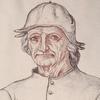

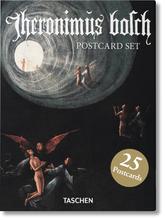
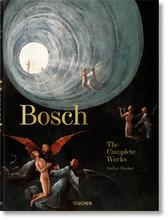
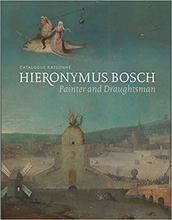
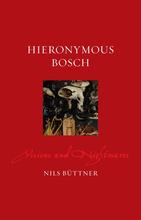









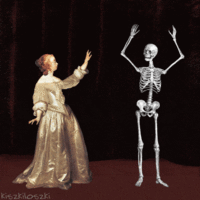
Love this piece. There is no such thing as too much Bosch.